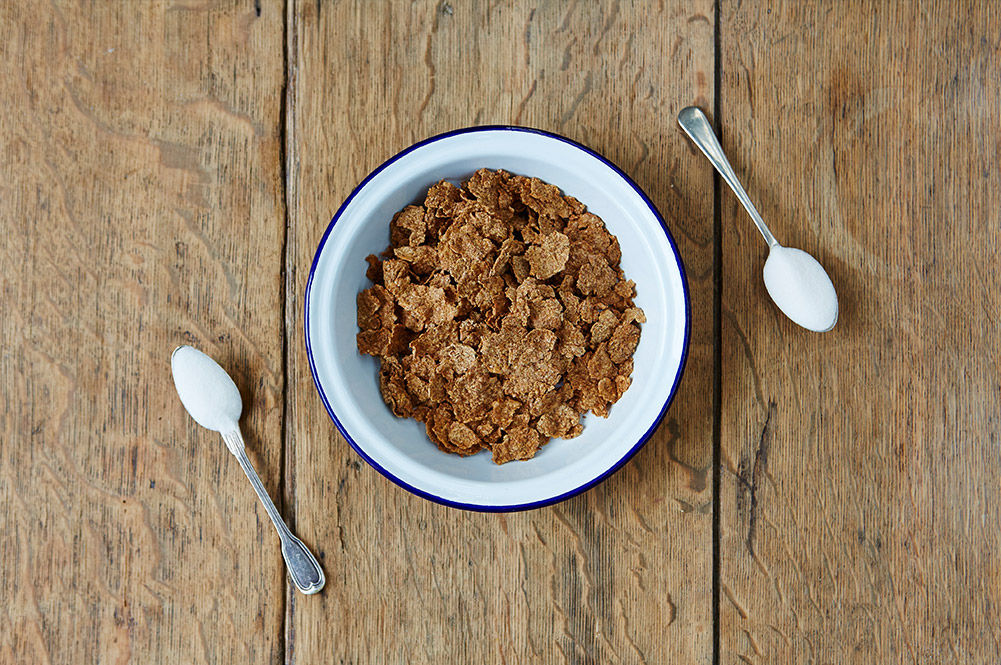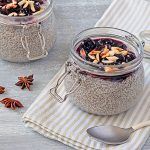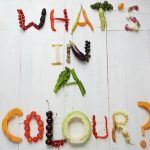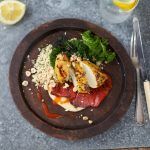Even if you’re pretty careful about what you eat the rest of the time, breakfast may well be the one meal of the day you don’t really think about. Every morning, millions of us simply pour out a bowlful of our favourite cereal, and eat it almost on autopilot. But what’s really in the box?
Fortified means good for you, right?
Cereals are probably the most popular breakfast choice in the UK, largely because of the speed and ease at which they can be prepared, as well as their relatively low cost. However,
I know that the perception of them being a healthy choice may also play a big part in choosing cereal over toast and jam. And this isn’t surprising given the bold nutrition claims that brands now print all over their colourful cereal boxes, for example, “High in fibre”, and “Contains vitamin D and iron”.
Many cereal brands are now fortifying (adding nutrients to) their products, and these nutrients include B-vitamins, iron, Vitamin D and calcium. For breakfast cereals, fortification is completely voluntary, which is not the case with some other foods such as wheat flour – these have to be fortified by law. This fortification enables brands to make big, bold, front-of-pack claims about how nutritious their product is; but if you actually look at the ingredients list, the second-highest ingredient is usually sugar, or at least a form of it.
Healthy granolas?
It may be quite straightforward to spot some of the most obviously sweetened cereals, but “healthy” granola products can be just as high in sugar as the chocolatey, frosted, sugar-laden brands. However, in some cases this sugar comes in the form of dried fruit, which although still a form of sugar, is not (unlike refined sugar) completely barren of any nutritional value – nearly all dried fruit is a source of essential vitamins and minerals and contributes towards your 5-a-day.
Read the labels!
In the nutrition information box on packaged foods, you’ll see sugar listed as ‘of which sugars’ and the amount refers to the total sugar content per serving and/or per 100g. But, this figure doesn’t distinguish between naturally occurring sugars and free sugars, so make sure you read the ingredients list to get an idea of where the sugar is coming from. Any food that has less than 5g of total sugar per 100g of the product in is considered low in sugar; any product with more than 22.5g of total sugar per 100g is considered high in sugar. The ingredient list will also give you a run-down of exactly what is in the product in descending order of ingredients, i.e. the first ingredient in the list is the most prominent one. To find out more, read our guide to including sugar in a healthy diet.
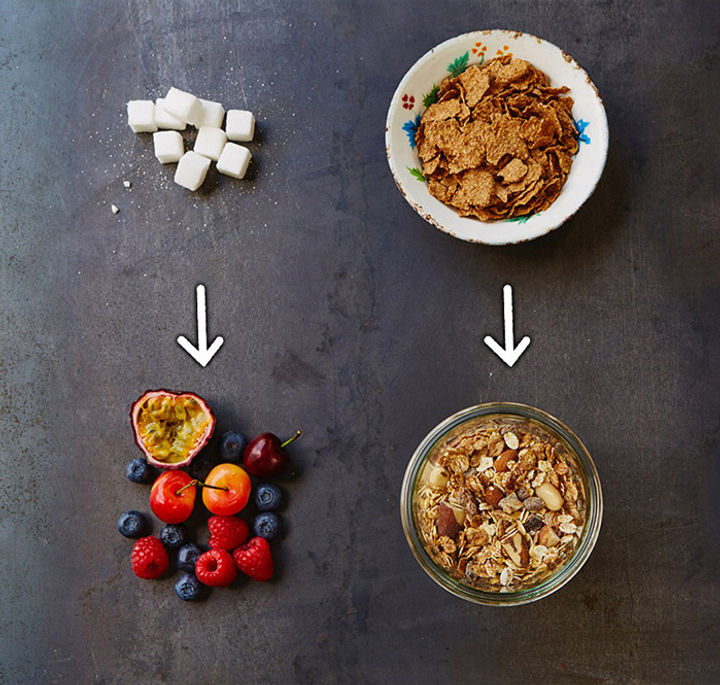
The key is to get into the habit of looking at ingredients lists, which I know sounds laborious, but once you identify the good products and brands from the bad ones it will have been well worth your time.
Cereal and snack bars
Unfortunately, despite the way they’re marketed and the nutritional claims they make, lots of cereal- and snack bars are notorious for containing large amounts of added sugar, too. Again, this puts the responsibility back on to the consumer to check the labels, and work out which products are packed with added sugar and which aren’t.
Hopefully this advice will help you to make better choices when it comes to kick-starting your morning, or even better, inspire you to make your own breakfast for scratch. We’ve got loads of info on how to make a healthy breakfast to get you started, and don’t forget to check out all of Jamie’s exciting breakfast recipes and our healthy breakfast tips for more ideas.
